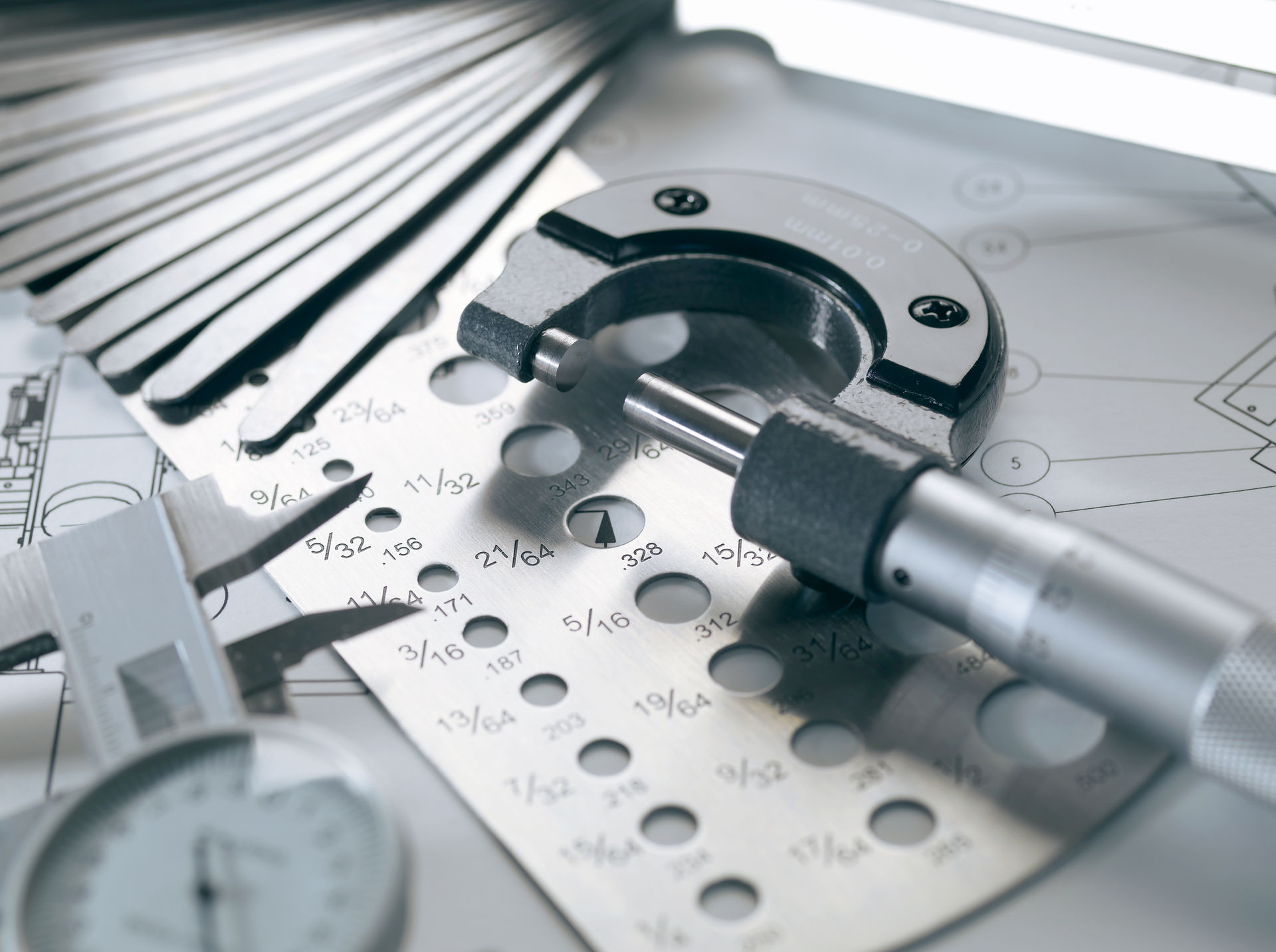
Testing Deliverables
The table below are the desired testing results and actual results conducted during the Spring of 2021.

Based off the calculation that the car will be traveling at 15 mph, will withstand a front impact force of roughly 135 lbf. When the car is dropped from a height of 2 ft or 0.6096 m and an estimated weight of 7 lbs.
Introduction
The team will begin testing to see if the RC Baja is able to pass certain tests and requirements stated in the rules of the ASME RC Baja competition during Spring quarter of 2021. There are three tests that will be conducted, a drop test, a front impact test, and multi-terrain driving test.
Testing Methods
Drop Test
The team will begin testing to see if the RC Baja is able to pass certain tests and requirements stated in the rules of the ASME RC Baja competition during Spring quarter of 2021. There are three tests that will be conducted, a drop test, a front impact test, and multi-terrain driving test. The drop test will be used to test the durability of the car at one of the four wheels and to analyze the deflection of springs. The drop test will be dropped on one of the four wheels from a 2-foot drop height. The drop will be conducted on concrete to simulate what a real drop would be during the actual day of event. The predicted results were that when the drop test was conducted, the car would successfully pass the drop test with no breaks or fractures to the overall vehicle. This was to be true as the drop test was passed successfully and after the drop upon further inspection of the car there appeared to be no breaks or fractures compromising the structure of the vehicle.


Drop Test #1

Drop Test #2 & #3
Front Impact Test
The next test, the front impact test will be used to test the structure of the car as a whole as this test will simulate a real-life front impact. Using a speedometer (checkered pattern described later) to make sure the car reaches a top speed of 15 miles/hour and a video camera to slow down the speed of which was captured, the team will then use the values taken from that video to calculate if the car will be able to withstand that front impact at 15 miles/hour. For both test a checkered pattern, with checkered squares all the same size of 2.19 inches which is equivalent to 1 mile/hour, will be placed behind the backdrop of the car so that as the car passes the squares the team will be able to record the speed of the car traveling. Using a camera to record the car in ‘Slow Mo’ doing the test in 240 FPS (Frames Per Second) as it travels over the 2.19-inch squares, the team will record the number of squares the car travels in one ‘Slow Mo’ second of the video then use that to calculate the speed it was traveling. For example, if the car traveled 20 squares in 1 ‘Slow Mo’ second, the car was traveling at 20 miles/hour.


Front Impact Test #1

Front Impact Test Results
Multi-Terrain Driving Test
The last test that was conducted was the multi-terrain driving test. This test was conducted during the ASME RC Baja Car competition and video recording was not captured. The multi-terrain driving test was used to test if the RC Baja Car is able to maneuver the ASME course with ease and handle all driving conditions, all while finishing the course under 60 seconds or less.


